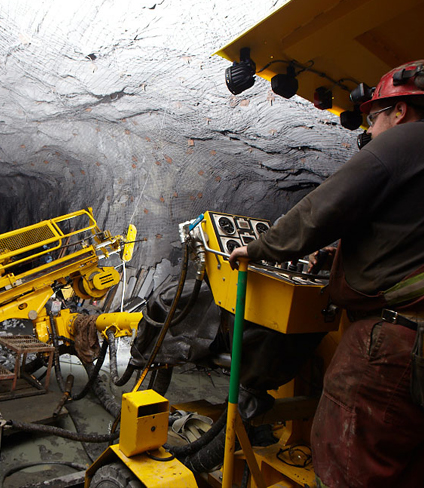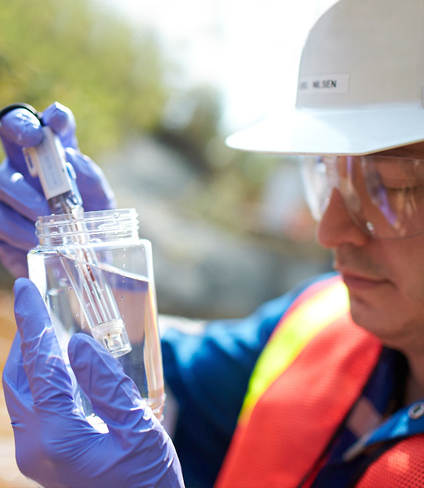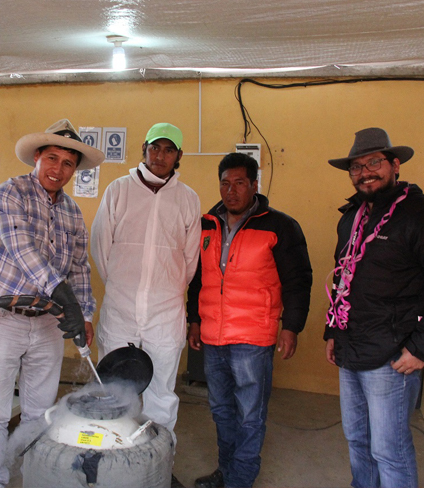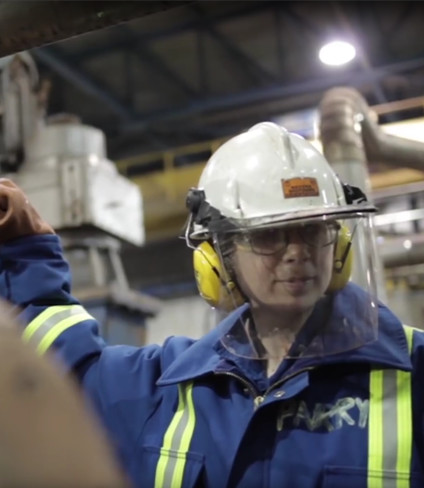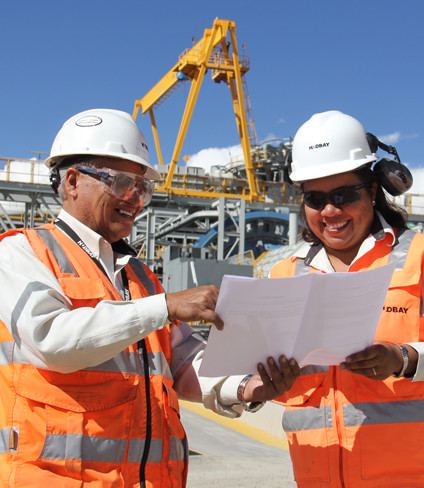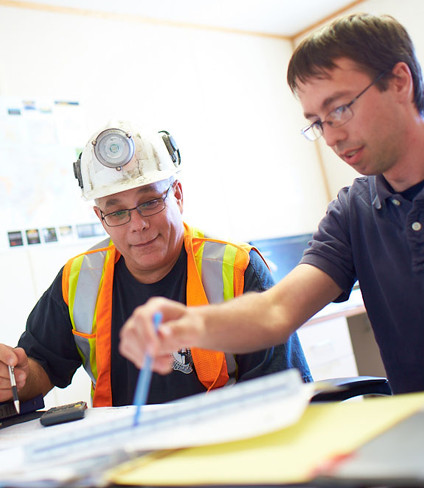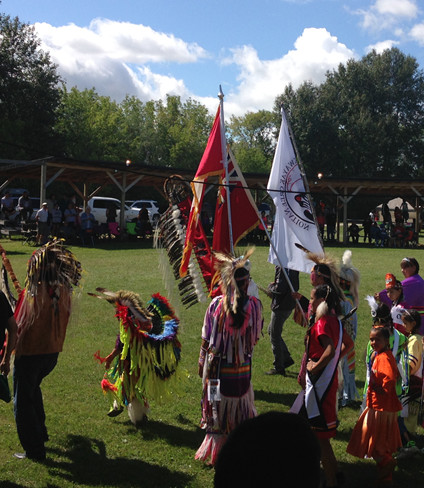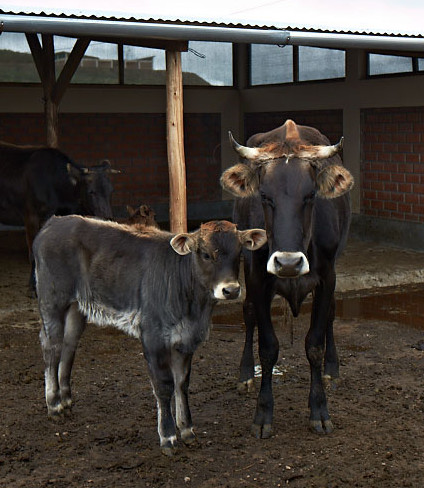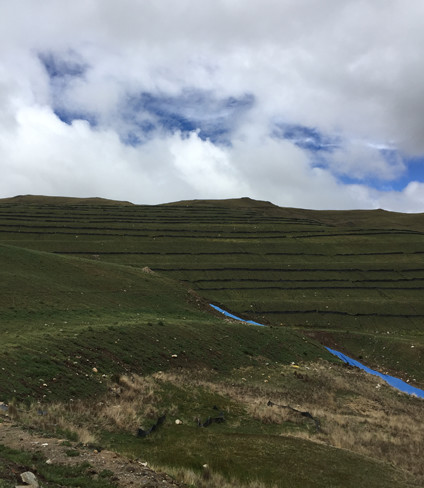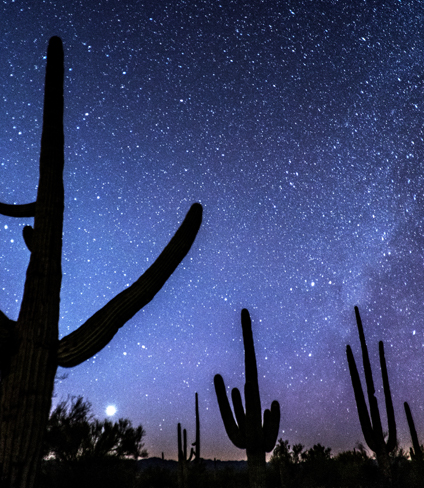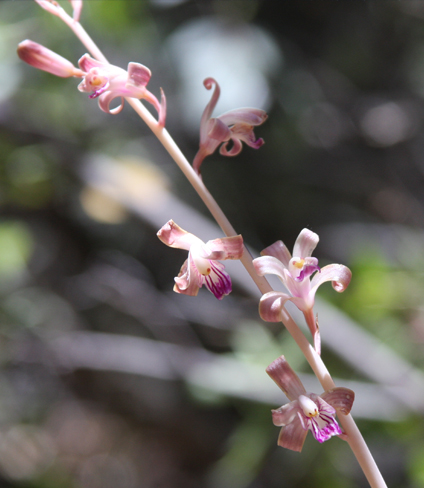About This Report
This is the third year in which we’ve combined our annual report and our corporate social responsibility (CSR) report. We believe that social performance is as important as financial and operating performance and that combining the reports presents a truly representative account of the Company’s activities in 2016.
We published our Management’s Discussion and Analysis of Results of Operations and Financial Condition and the consolidated financial statements for the year ended December 31, 2016, on February 22, 2017. Copies are posted to our website. The Business and Financial Review section of this report covers the content normally included in our annual report.
This is the 13th year that we have produced a CSR report, and this is our ninth report based on the Global Reporting Initiative (GRI) Sustainability Reporting Guidelines. Our most recent previous report was released in May 2016. This report contains standard disclosures from the GRI G4 guidelines, prepared largely in accordance with the Core option.
Our report covers all operating and project locations reported in Our Company, as well as our Tom and Jason properties in the Yukon, and exploration activities managed by Hudbay in Chile during the 2016 calendar year. CSR report content has been defined based on our materiality analysis and aspects identification process, which applied to all of Hudbay’s operating assets.
More information on the scope of our reporting is available in the CSR Performance Data section of this report.
Basis of Reporting
All financial information is presented in US dollars except where otherwise noted. All operating data is reported using the metric system unless otherwise noted. Some metrics are reported on both an absolute basis and an intensity basis against kilotonnes of metal processed. Safety data frequency rates are measured per 200,000 hours worked.
Qualified Person
The technical and scientific information in this annual report related to the Constancia mine and Rosemont project has been approved by Cashel Meagher, P. Geo, Hudbay’s Senior Vice President and Chief Operating Officer. The technical and scientific information related to the Manitoba sites and projects contained in this annual report has been approved by Robert Carter, P. Eng, Hudbay’s Lalor Mine Manager. Messrs. Meagher and Carter are qualified persons pursuant to NI 43-101. For a description of the key assumptions, parameters and methods used to estimate mineral reserves and resources, as well as data verification procedures and a general discussion of the extent to which the estimates of scientific and technical information may be affected by any known environmental, permitting, legal title, taxation, sociopolitical, marketing or other relevant factors, please see the Technical Reports for the company’s material properties as filed by Hudbay on SEDAR at www.sedar.com.
Forward-Looking Information
This annual report contains forward-looking information within the meaning of applicable Canadian and United States securities legislation. All information contained in this annual report, other than statements of current and historical fact, is forward-looking information. Often, but not always, forward-looking information can be identified by the use of words such as “plans”, “expects”, “budget”, “guidance”, “scheduled”, “estimates”, “forecasts”, “strategy”, “target”, “intends”, “objective”, “goal”, “understands”, “anticipates” and “believes” (and variations of these or similar words) and statements that certain actions, events or results “may”, “could”, “would”, “should”, “might” “occur” or “be achieved” or "will be taken" (and variations of these or similar expressions). All of the forward-looking information in this annual report is qualified by this cautionary note.
Forward-looking information includes, but is not limited to, production, cost and capital and exploration expenditure guidance, anticipated production at the company’s mines and processing facilities, the anticipated timing, cost and benefits of developing the Rosemont project, Pampacancha deposit and Lalor growth projects, anticipated mine plans, anticipated metals prices and the anticipated sensitivity of the company’s financial performance to metals prices, events that may affect its operations and development projects, the permitting, development and financing of the Rosemont project, the potential to increase throughput at the Stall mill and to refurbish the New Britannia mill and utilize it to process ore from the Lalor mine, anticipated cash flows from operations and related liquidity requirements, the anticipated effect of external factors on revenue, such as commodity prices, estimation of mineral reserves and resources, mine life projections, reclamation costs, economic outlook, government regulation of mining operations, and business and acquisition strategies. Forward-looking information is not, and cannot be, a guarantee of future results or events. Forward-looking information is based on, among other things, opinions, assumptions, estimates and analyses that, while considered reasonable by Hudbay at the date the forward-looking information is provided, inherently are subject to significant risks, uncertainties, contingencies and other factors that may cause actual results and events to be materially different from those expressed or implied by the forward-looking information.
The material factors or assumptions that Hudbay identified and were applied by the company in drawing conclusions or making forecasts or projections set out in the forward-looking information include, but are not limited to:
- the success of mining, processing, exploration and development activities;
- the scheduled maintenance and availability of Hudbay’s processing facilities;
- the sustainability and success of Hudbay’s cost reduction initiatives;
- the accuracy of geological, mining and metallurgical estimates;
- anticipated metals prices and the costs of production;
- the supply and demand for metals that Hudbay produces;
- the supply and availability of all forms of energy and fuels at reasonable prices;
- no significant unanticipated operational or technical difficulties;
- the execution of Hudbay’s business and growth strategies, including the success of its strategic investments and initiatives;
- the availability of additional financing, if needed;
- the ability to complete project targets on time and on budget and other events that may affect Hudbay’s ability to develop its projects;
- the timing and receipt of various regulatory, governmental and joint venture partner approvals;
- the availability of personnel for Hudbay’s exploration, development and operational projects and ongoing employee relations;
- the ability to secure required land rights to develop the Pampacancha deposit;
- maintaining good relations with the communities in which Hudbay operates, including the communities surrounding its Constancia mine and Rosemont project and First Nations communities surrounding its Lalor and Reed mines;
- no significant unanticipated challenges with stakeholders at Hudbay’s various projects;
- no significant unanticipated events or changes relating to regulatory, environmental, health and safety matters;
- no contests over title to Hudbay’s properties, including as a result of rights or claimed rights of Aboriginal peoples;
- the timing and possible outcome of pending litigation and no significant unanticipated litigation;
- certain tax matters, including, but not limited to, current tax laws and regulations and the refund of certain value-added taxes from the Canadian and Peruvian governments; and
- no significant and continuing adverse changes in general economic conditions or conditions in the financial markets (including commodity prices and foreign exchange rates).
The risks, uncertainties, contingencies and other factors that may cause actual results to differ materially from those expressed or implied by the forward-looking information may include, but are not limited to, risks generally associated with the mining industry, such as economic factors (including future commodity prices, currency fluctuations, energy prices and general cost escalation), uncertainties related to the development and operation of Hudbay’s projects (including risks associated with the permitting, development and economics of the Rosemont project and related legal challenges), risks related to the maturing nature of the 777 and Reed mines and their impact on the related Flin Flon metallurgical complex, dependence on key personnel and employee and union relations, risks related to the schedule for mining the Pampacancha deposit (including the timing and cost of acquiring the required surface rights), risks related to the cost schedule and economics of the capital projects intended to increase processing capacity for Lalor ore, risks related to political or social unrest or change, risks in respect of Aboriginal and community relations, rights and title claims, operational risks and hazards, including unanticipated environmental, industrial and geological events and developments and the inability to insure against all risks, failure of plant, equipment, processes, transportation and other infrastructure to operate as anticipated, compliance with government and environmental regulations, including permitting requirements and anti-bribery legislation, depletion of Hudbay’s reserves, volatile financial markets that may affect Hudbay’s ability to obtain additional financing on acceptable terms, the failure to obtain required approvals or clearances from government authorities on a timely basis, uncertainties related to the geology, continuity, grade and estimates of mineral reserves and resources, and the potential for variations in grade and recovery rates, uncertain costs of reclamation activities, the company’s ability to comply with its pension and other post-retirement obligations, Hudbay’s ability to abide by the covenants in its debt instruments and other material contracts, tax refunds, hedging transactions, as well as the risks discussed under the heading “Risk Factors” in the company’s most recent Annual Information Form.
Should one or more risk, uncertainty, contingency or other factor materialize or should any factor or assumption prove incorrect, actual results could vary materially from those expressed or implied in the forward-looking information. Accordingly, you should not place undue reliance on forward-looking information. Hudbay does not assume any obligation to update or revise any forward-looking information after the date of this annual report or to explain any material difference between subsequent actual events and any forward-looking information, except as required by applicable law.
Note to United States Investors
This annual report has been prepared in accordance with the requirements of the securities laws in effect in Canada, which may differ materially from the requirements of United States securities laws applicable to U.S. issuers.
